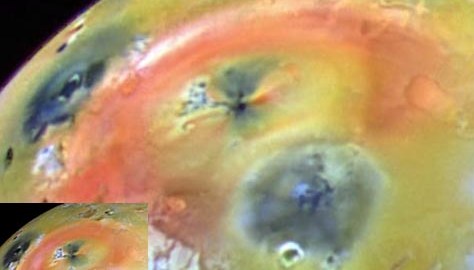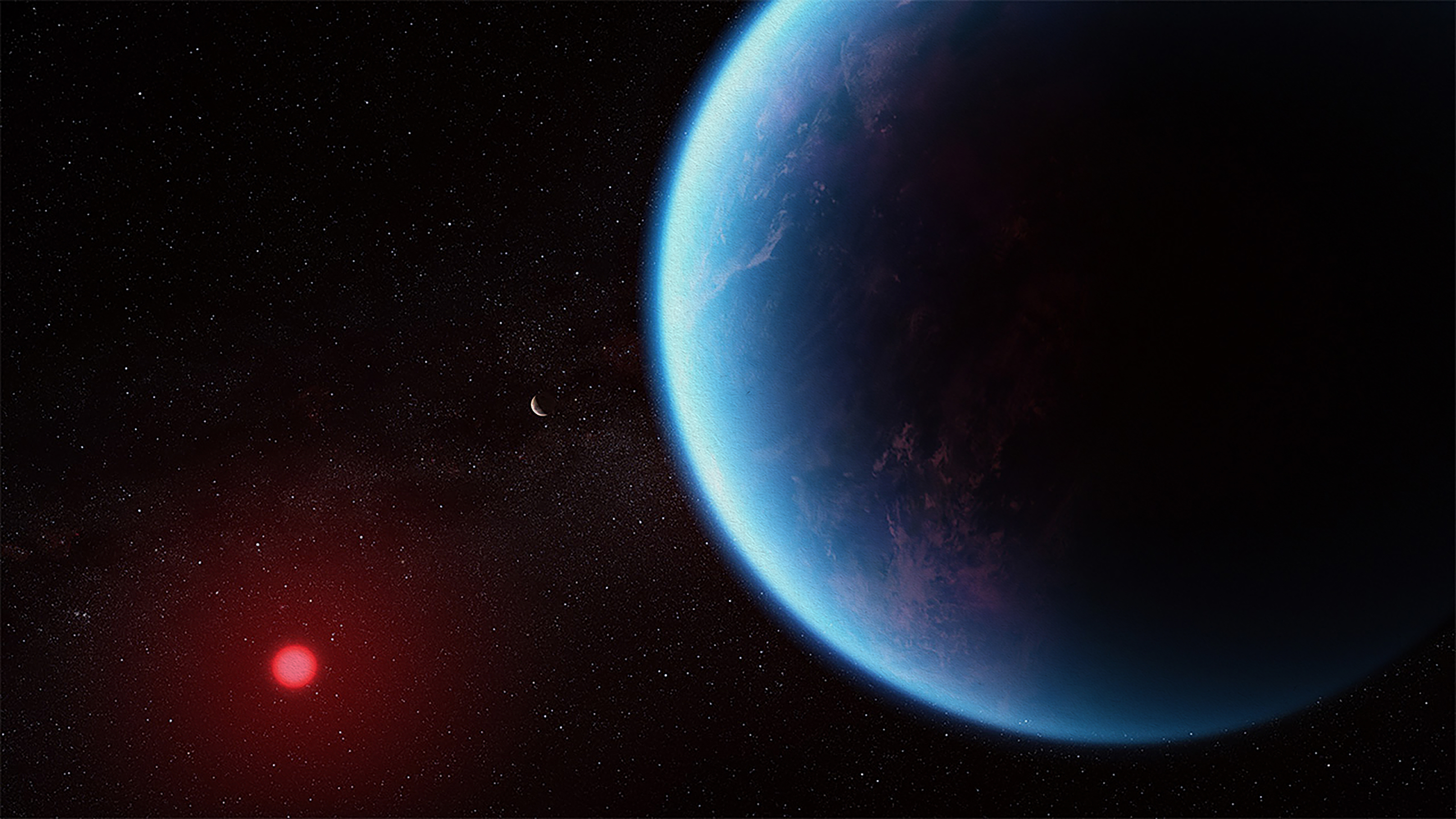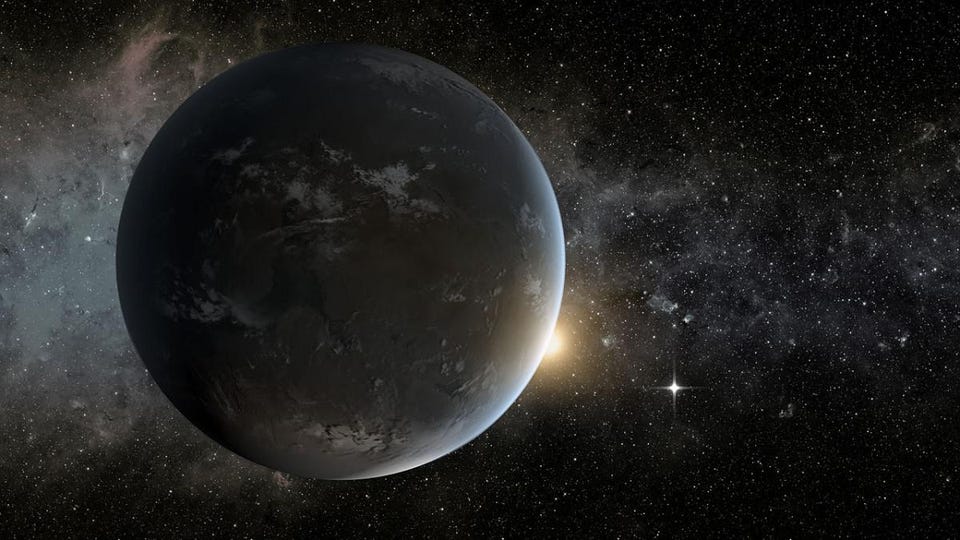Detecting Extraterrestrial Volcanism

A recent study by members of the Harvard-Smithsonian Center for Astrophysics has been getting a lot of attention – one where it was suggested that we are very close to the ability to detect volcanic eruptions on extrasolar (not in our solar system) planets with 30 light years. This comes from our increasing ability to detect chemical compounds and elements in atmospheres of distant worlds, so theoretically if we detect large amounts of sulfur dioxide that might come and go in atmosphere of these planets, it could be from a volcanic eruption.
Now, before you get ready to add a bunch of new volcanoes to the directory, Dr. Lisa Kaltenegger, one of the lead scientists on the research, says that “using the James Webb Space Telescope, we could spot an eruption 10 to 100 times the size of Pinatubo for the closest stars.” Remember, Pinatubo was a VEI 6 eruption that released upwards of 17 million tonnes of sulfur dioxide. So, Kaltenegger is saying that we may be able to currently detect eruptions on Earth-like bodies in other solar systems that are at smallest a VEI 7-8 and releasing hundreds of millions tonnes of sulfur dioxide – akin to the 1815 Tambora eruption! Interesting, yes, but if extrasolar Earth-like planets are similar to Earth in terms of volcanic activity, it could be few and far between. However, that is a big “if” – we really have a limited data set about volcanic activity on other planets. The only planets or moons in our solar system that we have observed active volcanism* is Earth and Io, although there is a lot of evidence that Venus and Mars may have geologically-recent eruptions as well.
We have observed volcanism on Io from afar – that is how we discovered that the inner Jovian moon is so volcanically active. However, it appears that a lot of the volcanic activity on Io is mafic to ultramafic magmatism**. The plumes of some of the Ioan eruptions can reach >300 km – thanks to the lower gravity of the moon – and vast fissure eruptions were captured by the Galileo orbiter during its tenure around Jupiter.
* This isn’t counting the cryovolcanism of moons like Enceladus or Triton.
** UPDATE: Eruptions reader Elli reminded me that the idea that magmatism on Io isn’t likely to be sulfur-based. Here is the rationale (from How Volcanoes Work):
Data from Galileo’s NIMS instrument indicates that the average temperature of active lavas on Io is about 1600 degrees Centigrade. There has been some speculation that some of the lavas may be composed of liquid sulfur. Sulfur, however, boils vigorously on Io’s surface at at about 500 degrees Centigrade. Therefore, the lavas on Io are certainly of a silicate composition. High-temperature lavas on earth have a mafic composition (rich in magnesium and relatively depleted in silica). The extraordinarily high temperatures of the lavas on Io suggest that they are of an ultramafic composition.
Thanks for correcting me, Elli (and to everyone, always feel free to point out errors or misconceptions on my part!)
Top left: Sulfur-silicate volcanism at Pillan Patera on Io.





